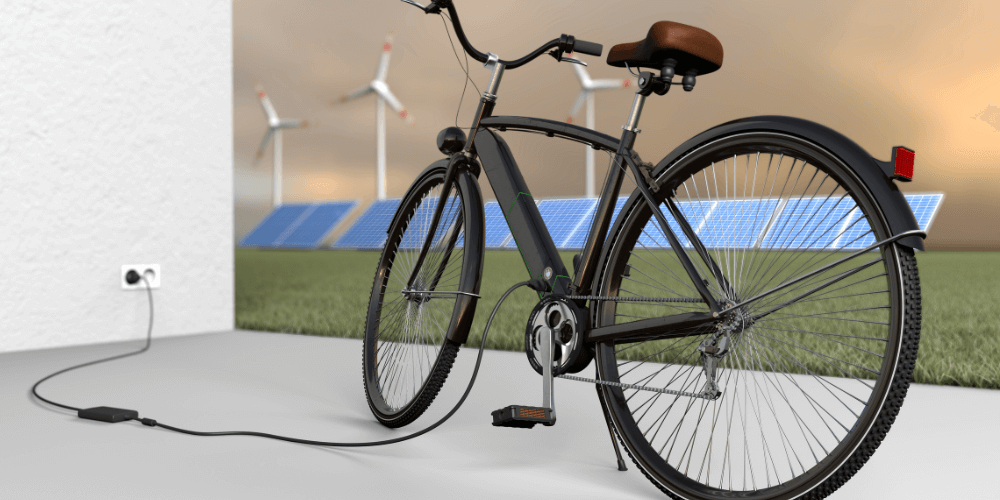E-bikes, usually referred to as electric bikes, have gained popularity recently. They help the rider by using a tiny electric motor, which makes it simpler to peddle and boosts the bike’s speed. People who would find it difficult to ride traditional bikes, including those with mobility impairments or those who live in mountainous places, may find riding to be more accessible as a result.
Longer commutes or carrying heavier loads can be made simpler with e-bikes. Electric bikes have created new opportunities for riding and made it a more practical means of transportation for many individuals due to its efficiency and small design.
How electric bikes make cycling more accessible in hilly areas
By assisting the rider through the use of a tiny electric motor, electric bikes increase riding accessibility in mountainous locations. This makes it simpler for riders to climb hills that might otherwise be difficult or impossible to climb on a standard bike since it helps to lessen the effort needed to pedal up steep inclines.
An e-scooter, usually referred to as an electric bike scooter, is a kind of electric bike that combines the appearance of a standard bicycle with the practicality and simplicity of a scooter. It is simple to operate and manage these e-scooters since they generally have tiny wheels and a low to the ground design.
Cycling may become more pleasurable and less taxing as a result, making it a more practical means of transportation for those who live in mountainous locations.
Regenerative Braking
Additionally, some e-bikes have a feature called regenerative braking that captures the energy created when the brakes are applied and uses it to charge the battery, this can be especially helpful on hilly terrains as it allows the riders to keep a better control of their speed and help to extend the battery life of the bike.
Power-assist Settings
Some e-bikes include power-assist settings that allow the rider to select various degrees of motor assistance to aid them on the hills. This can enable the rider climb steep hills without becoming tired and still enjoy the ride.
Comparison of traditional bikes and electric bikes on hilly terrain
The amount of effort needed to pedal uphill when contrasting conventional bikes with electric bikes on steep terrain is one of the key distinctions. Riding a regular bike may be difficult and exhausting since the user must use just their own physical strength to climb steep inclines. However, the user of an electric bicycle may use the motor’s aid to make climbing hills simpler.
Speed
The ride’s speed is a crucial factor to take into account. The motor aid on electric bikes allows them to travel at greater speeds, which might make cycling uphill on one more bearable. Electric bikes can also keep a constant pace on downhills because of the motor assistance, enabling the user to enjoy the ride without having to brake heavily.
Weight
Also, electric bikes tend to weigh more than traditional bikes due to the added weight of the battery and motor, making them less nimble to handle, but on the other hand, e-bikes have a more robust frame and additional safety features to ensure a smooth and stable ride, making them suitable for hilly terrains.
Bonus Read
In summary, electric bikes can make cycling on hilly terrain less strenuous and more enjoyable, thanks to the motor assistance and additional features. Traditional bikes, on the other hand, can be more challenging to ride uphill, but offer a more traditional cycling experience.

